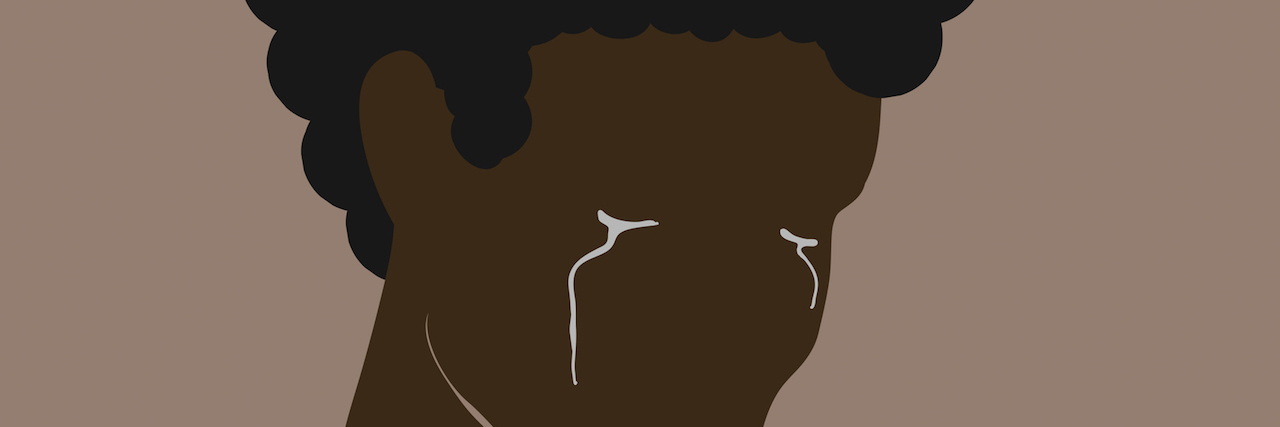'Cards Against Humanity' Writer Says He Was Forced Into a Psych Ward After Speaking Up About Racism
Some post-Civil War asylums in the United States looked a lot like slavery. At the time, many white southern physicians believed that freedom causes Black people to be mentally ill. African-Americans in asylums like the Alabama Insane Hospital were given physical labor so the structure of slavery can “cure” them. And during the Civil Rights era, schizophrenia became a “protest diagnosis” to medically incarcerate activists and silence their anger. Even pharmaceutical ads for antipsychotic drugs used images of Black protesters.
This is the mental hospital system that Nicolas Carter was forced into. Two years ago, the former Cards Against Humanity writer says he alarmed his white co-workers after questioning why the n-word was used in a proposed card idea. They responded by pathologizing his resistance to racism. Carter’s outspokenness and upbeat mood caused his co-workers to voice concerns about his mental stability. They called Carter’s sister, which resulted in his father driving him to a psychiatric treatment center.
According to a hospital document Carter shared, his co-workers’ account of his mental state was considered “more reliable collateral” than Carter’s own perspective as a Black man. Carter says he was prescribed Abilify, which is similar to the antipsychotic drugs used to silence Black protesters. On Carter’s discharge, the hospital stated he no longer has “spontaneous delusions” like the “racial topics” Carter once shared.
In his account of this turmoil, Carter proposes a thought-provoking question: “Could the conditions that the institutions of white supremacy tell us we have: anxiety, depression, etc. be side-effects of inequality and oppression?”
Black people across the country have expressed symptoms of racial trauma in the shadow of police murders and appalling inaction. Topics like insomnia, panic attacks and depression seem to be common social media conversations. If these symptoms reach a crisis point, harsh treatment could follow. According to the American Psychiatric Association, African Americans are more likely to be admitted into an inpatient facility and less likely to use less invasive interventions like medication and outpatient programs. For Black people with mental health conditions like schizophrenia and bipolar, they are more likely to be incarcerated. This is evident with the nation’s largest psychiatric facilities being jails. African-Americans, already made vulnerable by structural racism that amplifies symptoms, could be placed on a criminalized conveyor belt into psychiatric incarceration.
And some don’t survive. People with untreated mental illness are 16 times as likely to be killed by law enforcement. Black individuals like Anthony Hill, Charleena Lyles and Kayla Moore could still be with their loved ones if the police didn’t kill them during a mental health crisis. The tethering of police officers with crisis response means that a Black transgender woman like Moore could die for having schizophrenia. The history of trans people being abused by the police is why Trans Lifeline, a hotline for and by trans people, does not call 911 or the police unless a person in crisis directly asks for this response.
Even when there is no mental health crisis, the police have ordered EMT workers to sedate victims against their will in cities like Minneapolis, Minnesota and Aurora, Colorado. At law enforcements’ demand, medics have injected high doses of ketamine which is an anesthetic drug that can be used for treatment-resistant depression and suicidal ideation. The police use of forced ketamine injection could have possibly caused the death of Elijah McClain.
There is a better way. Oregon’s CAHOOTS (Crisis Assistance Helping Out On The Streets) program is a model for addressing psychiatric emergencies with no police involvement. Their response team includes a medic (who is either a nurse or an EMT) and an experienced mental health crisis worker. Though this program is not fully police-free, there have been only 150 police backup requests out of 24,000 CAHOOTS calls since 1989. This has saved the city of Eugene, Oregon approximately $8.5 million dollars.
Building a new vision for mental health means letting Black people decide how they want their minds and bodies to be treated. And right now, activist groups like Movement for Black Lives are demanding an immediate defunding of the police. BEAM and my organization, Depressed While Black, have this same demand as a part of our #BuildABlackVision campaign. We want police divestment that reallocates funding to Black affirming mental health resources like CAHOOTS-style programs. Instead of police officers, Black people could be met with trained peer support who employ both mental health treatment and ancestral healing practices. This crisis response could consensually offer transportation to a community respite center where their friends and family are a part of the treatment process.
Our liberation cannot be found in a failing mental health system that can be weaponized against Black people like Carter. He should not have been told that living freely as a Black man is a mental illness over a hundred years after white southern physicians did the same. We need a mental health system where Carter can be treated as the expert of his own experiences. If we look beyond psychiatric jails and policing, we’ll discover that what heals Black people is within Black people.
Getty image via Bogdan Kurylo

